The Irish Potato Famine, or An Gorta Mór in Irish, lasted from 1845 to 1852 and had a huge impact on the country. Around 1 million people died from starvation, and another million emigrated in search of a better life. The famine dramatically reduced Ireland’s population by 20%, and its effects are still felt today. Let’s take a journey through Ireland to learn more about this pivotal chapter in history.
Strokestown Park Famine Museum, Co. Roscommon

This 18th-century Palladian mansion was home to the Packenham Mahon family for over 300 years. The museum, located in the stable yard, was established after a collection of papers from the 1840s was discovered. The museum showcases the most impressive archive on the Potato Famine in Ireland. You can read fascinating letters and get a real sense of what life was like for the wealthy.
The Workhouse Dunfanaghy & the Irish Workhouse Centre Portumna

Workhouses played a crucial role during the famine. People went there as a last resort, when the only alternative was to die of starvation. Typically, families ended up at workhouses if they couldn’t afford to pay rent and support their children. These families were often then split up, never to see their loved ones again.
Want to discover what life was like for the inmates in Ireland’s most dreaded institutions? Two great museums bring this dark part of history to life: the Dunfanaghy Workhouse in Co. Donegal and the Irish Workhouse Centre in Portumna, Co. Galway. Both sites are located in authentic buildings that once served as workhouses, and offer a powerful glimpse into this dark chapter in history.
Coffin Ships; Jeanie Johnston & Dunbrody
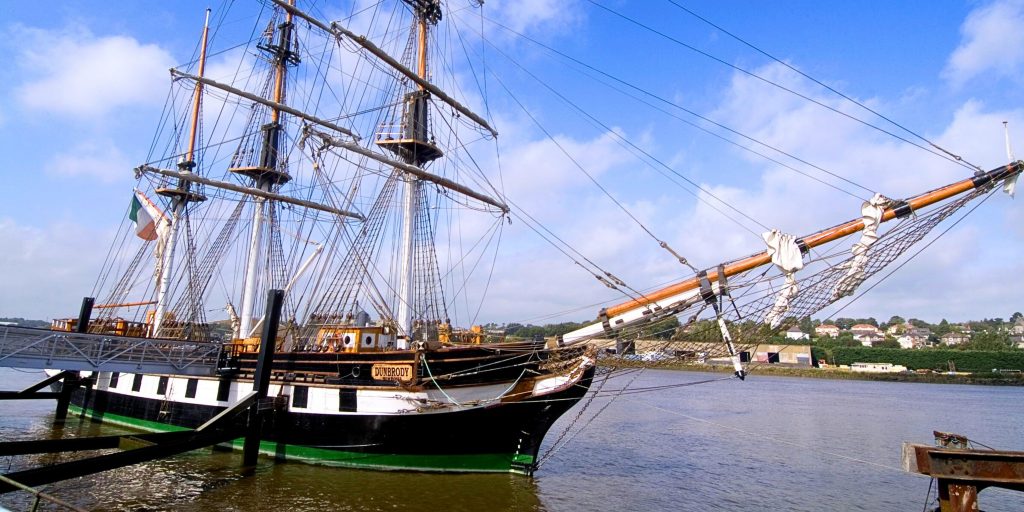
The ships that carried Irish emigrants to North America were often called “Coffin ships” due to the overcrowded, disease-ridden conditions that led to so many deaths. You can still visit two of these ships in Ireland today: the Dunbrody in New Ross and the Jeannie Johnston in Dublin.
Jeanie Johnston: Between 1847 and 1855, the Jeanie Johnston made 16 emigrant journeys to America. It carried more than 2,500 people without a single fatality – a rare feat for a ship like this. On your tour, your guide will show you the ship’s main features and share stories about some of the past travellers. You’ll get a real sense of what the difficult journey to America was like during the famine.
The Dunbrody: Here, you’ll get a guided tour with costumed performers and detailed exhibition models. Listen to stories from both steerage and 1st class passengers as they explain the harsh realities of life aboard the ship. At Dunbrody, you can also visit the Irish America Hall of Fame – a tribute to the Irish immigrants that made incredible contributions to American history.
Skibbereen Heritage Centre, Co. Cork
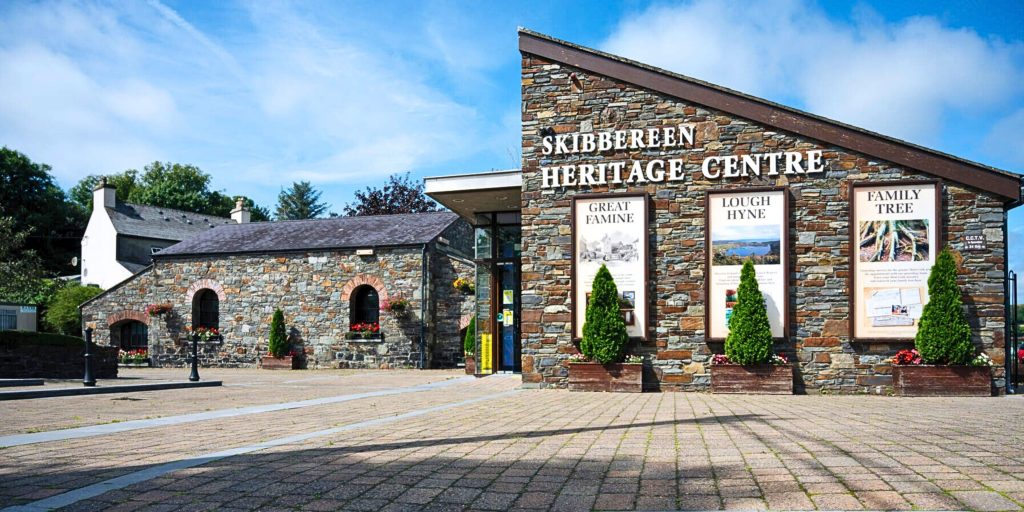
Skibbereen in Co. Cork was hit especially hard during the famine. It lost about a third of its population to starvation, disease and emigration. The Skibbereen Heritage Centre features a great exhibition to remember this tragic period. It showcases the potato Famine through primary source accounts, showing government policies and their impact on the community. The exhibition also highlights how the global community responded to the crisis.
Cobh Heritage Centre, Co. Cork
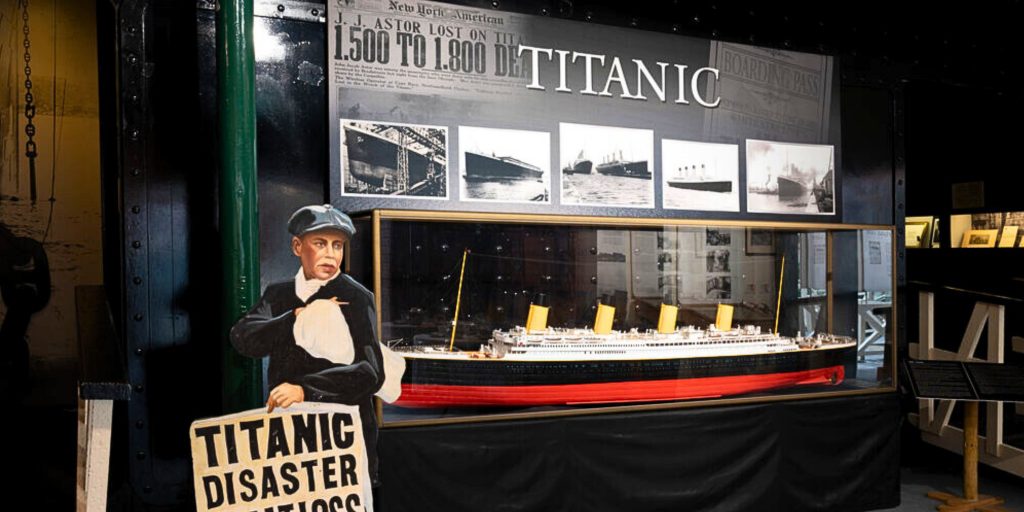
Between 1848 and 1950, Cobh was the major port for Irish emigrants. Cobh Heritage Centre takes you on a journey through history, highlighting what it was like for different classes aboard evacuation ships. You’ll see everything from cramped steerage quarters to the comfortable first-class cabins—and even the prisoner’s quarters for those who were being exiled to Australia. The Heritage Centre brings this story to life through several exhibitions and short films. Learn about the true cause of the Irish famine, and understand why so many people were forced to leave their friends and family behind forever.
Bunratty Folk Park, Co. Clare
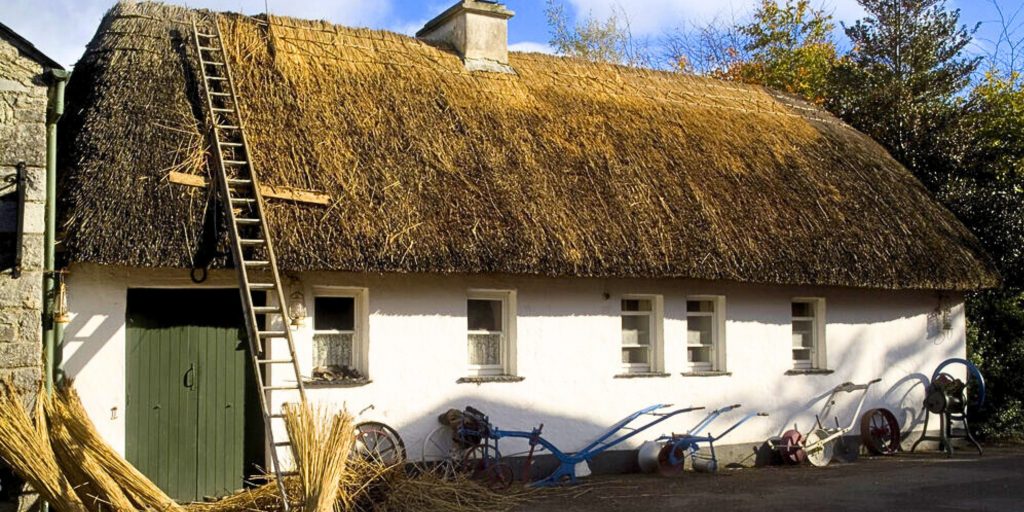
Bunratty Folk Park is a reconstructed village with shops, streets and houses that show how people lived throughout history. You’ll see everything from humble homes like those during the famine to a stunning Georgian house built in 1804 for the Studdart Family. What makes the park so special is that it displays cottages from all over of Ireland, each with its own unique charm and style!
The National Museum of Country Life, Co. Mayo
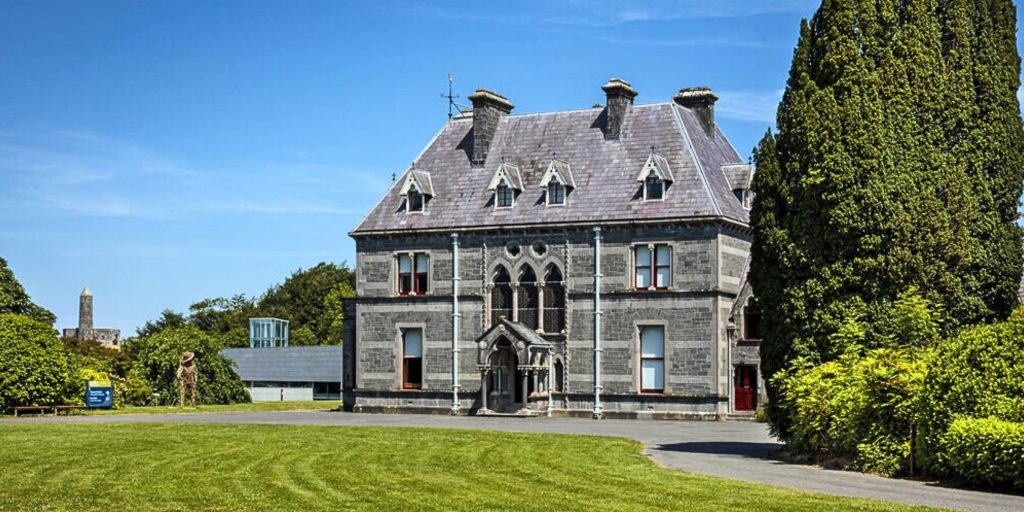
The National Museum of Country Life is home to the National Folk-life Collection. The museum portrays the everyday lives of ordinary people from the Great Famine to the end of the 1950s. Here, you’ll see the clothes they wore, along with displays of their culture and traditions. Learn about the vital tradesmen of the community, like the blacksmith, carpenter, thatcher, and cobbler. It’s a fascinating journey into the lives of those who lived through one of Ireland’s most difficult times.
